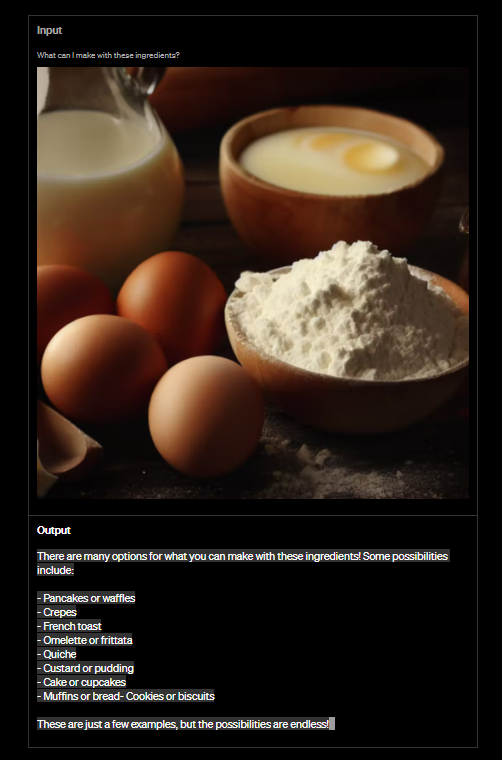Much Awaited GPT-4 to roll out to API Users from today
The much awaited GPT-4, the next generation of ChatGPT by OpenAI is now available for API users. The advent of GPT-4 represents a pioneering advancement in AI language models, poised to revolutionize human-machine communication and interaction. With its state-of-the-art technology and advanced functionalities, GPT-4 has the potential to push the limits of what AI can achieve.
Capabilities:
The GPT-4 is the most advanced system from OpenAI which produce more useful and safer responses compare to ChatGPT. The wider scope of general knowledge and advanced problem-solving capabilities of GPT-4 enable it to effectively solve complex problems with a higher level of accuracy.
In comparison to its predecessor, GPT-3.5, GPT-4 exhibits enhanced dependability, innovation, and adeptness in handling intricate commands. OpenAI has implemented several modifications to GPT-4 to enhance its safety compared to GPT-3.5, and has been actively addressing potential risks associated with the technology to make it even more safer.
As per OpenAI, GPT-4's creativity and collaboration capabilities have reached new heights. It can now co-create and refine creative and technical written content, including but not limited to song composition, screenplay writing, and adapting to the user's writing style.
ChatGPT vs GPT-4:
OpenAI's GPT language models are available since 2018. The third iteration, GPT-3, was the most sophisticated model at the time of the launch of ChatGPT, its chatbot product, in year 2022. ChatGPT's performance is outmatched by GPT-4, which achieves higher percentile scores compared to test-takers. There is lot of work done to improve the safety which involves more training with human feedback, continuous real-world feedback, and GPT-4 assisted safety research. Compared to its predecessor, GPT-4 has an 82% decrease in the probability of producing inappropriate content.
The GPT-4 is classified as a "multimodal" model, which implies that it can process not only textual inputs but also images, enabling users to inquire about visual content as well. Compared to ChatGPT, GPT-4 is capable of processing lengthier text inputs, supporting up to 25,000 words for both input and output, in contrast to ChatGPT's maximum limit of 3,000 words.
Availability:
GPT-4 APIs can be accessed by signing up the Join API wait list. This is rate-limited access and limits will be increases gradually as per the priorities and demand. Following is the API pricing:
GPT-4 with an 8K context window (about 13 pages of text) will cost $0.03 per 1K prompt tokens, and $0.06 per 1K completion tokens.
GPT-4-32k with a 32K context window (about 52 pages of text) will cost $0.06 per 1K prompt tokens, and $0.12 per 1K completion tokens.
Limitations:
GPT-4 has some known limitations but work is going on to address the same. Due to the fact that GPT-4 is trained for events before September 2021, it may be prone to making basic reasoning errors. It is due to its lack of knowledge regarding the events occurring after September 2021.
Microsoft and OpenAI:
Conclusion:
The API for GPT-4 was highly anticipated. This will now allow developers and businesses to incorporate its advanced natural language processing capabilities into their own applications, leading to exciting new possibilities for language-based AI. With GPT-4's improved problem-solving, creative collaboration, and accuracy, it has the potential to revolutionize various industries and change the way we interact with technology. You can read more about GPT-4 here.













No comments: